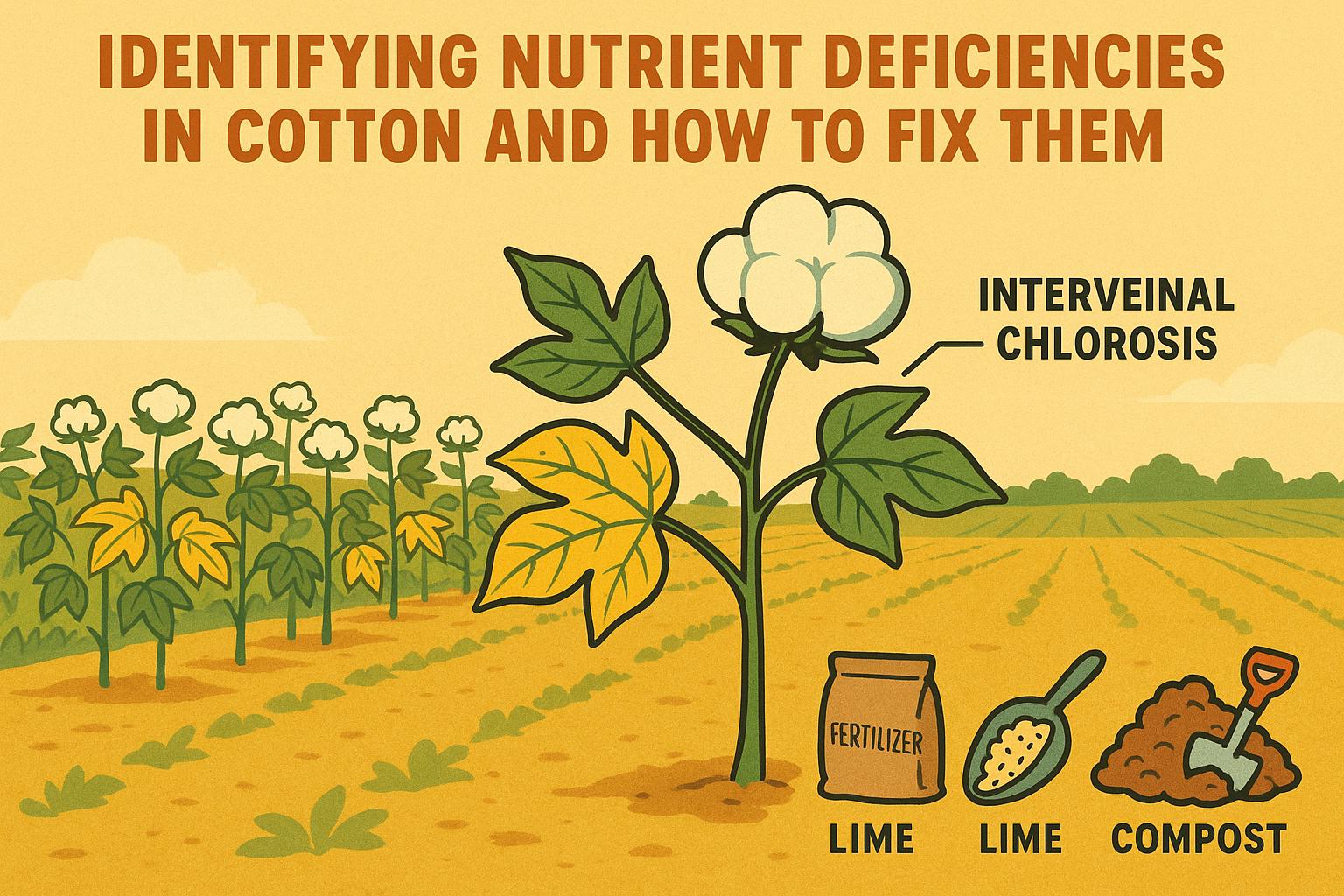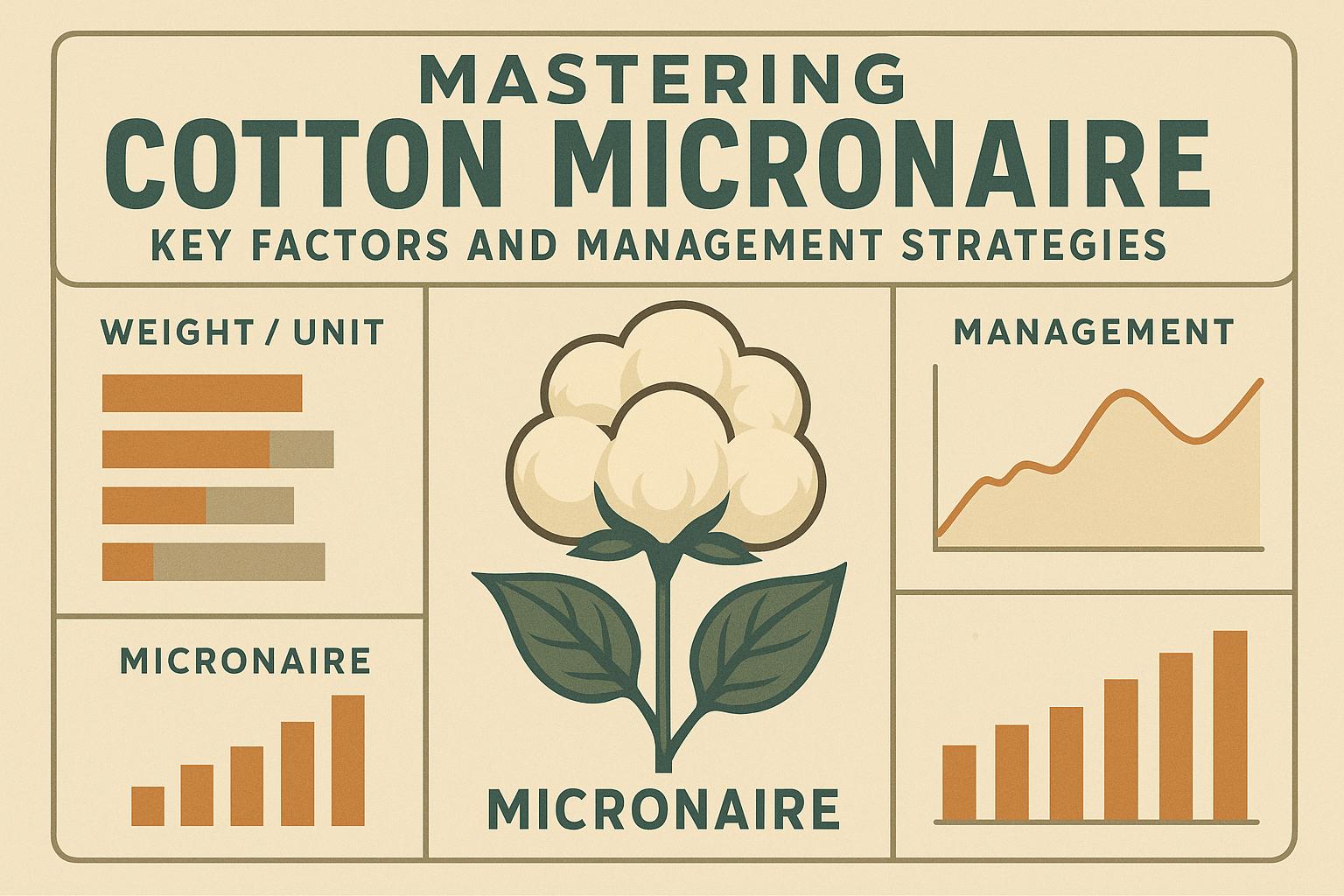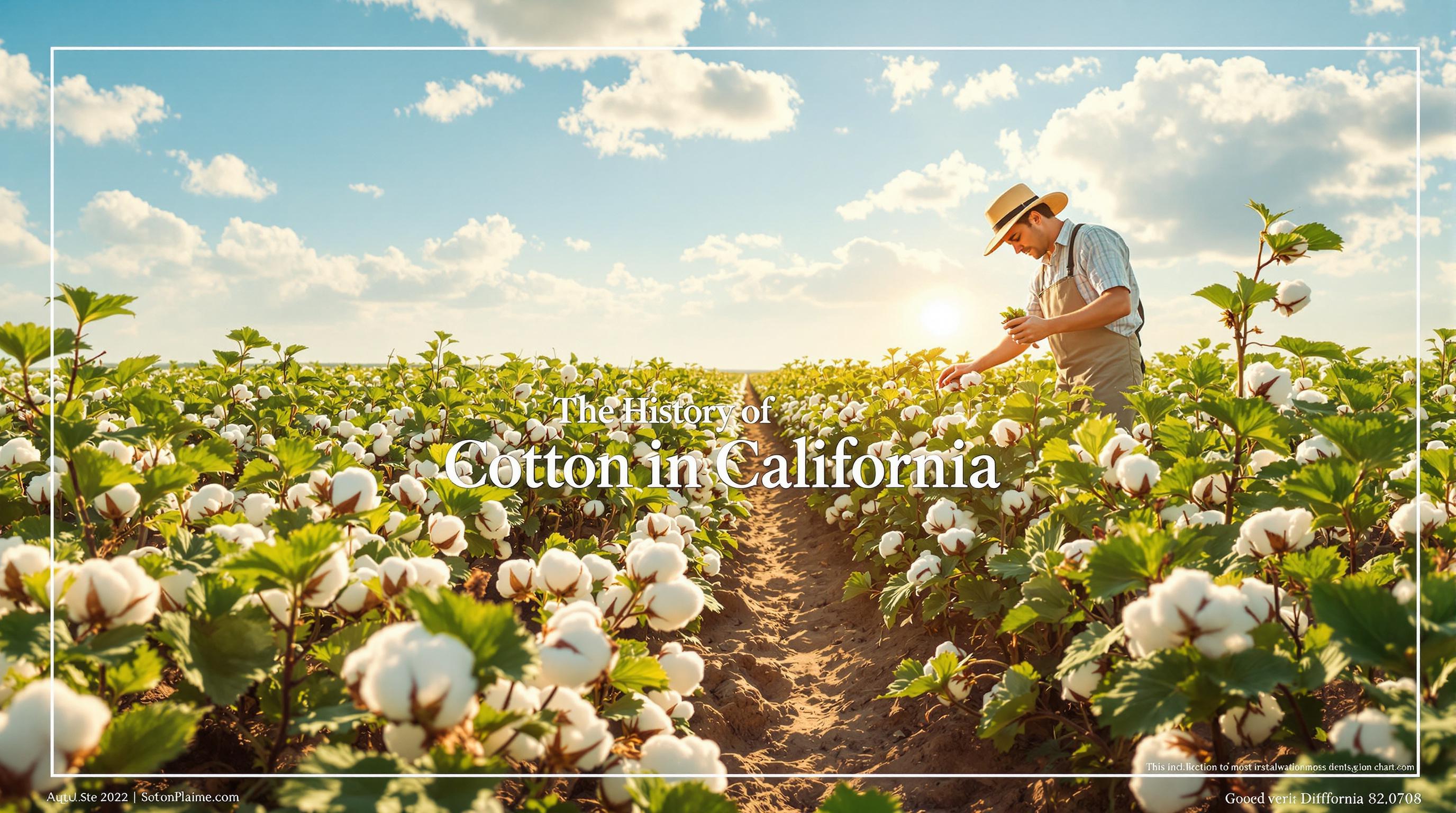Executive summary (TL;DR)
- Cotton production sequesters more carbon than it emits per acre—pair no-till with cover crops to boost soil health and store 350+ lbs of CO2 annually.
- Precision irrigation and farming tech cut water use by 40% while yielding healthier plants, proving cotton's drought tolerance benefits arid regions.
- Sustainable practices enhance biodiversity and wildlife habitats, turning cotton fields into thriving ecosystems that support pollinators and reduce erosion.
Related Post: For overall strategies on eco-friendly practices, check out our post on The Complete Guide To Sustainable Cotton Farming.
You have been knee-deep in cotton fields long enough to appreciate what this crop brings to the table—not just bales of fiber, but real wins for the land and the folks working it. Cotton isn't just a commodity; it's a natural powerhouse that's been getting greener by the decade, thanks to smart farming that's good for the dirt, the water, and the air. Sure, every crop has its footprint, but cotton's story is one of progress: sequestering carbon, building soil, and supporting wildlife while delivering a renewable resource that's biodegradable and versatile.
We're talking about the environmental benefits of cotton production here—the way it captures CO2, conserves resources, and fosters biodiversity—and how seasoned growers like you can amplify those gains with proven practices. No doom and gloom; this is about celebrating what's working and dialing it up. I've leaned on data from Cotton Incorporated, USDA, and university trials across the Belt to keep it real and actionable. Let's walk through it, like we're scouting your back forty.
Cotton's Natural Edge: A Renewable, Biodegradable Powerhouse
Right off the bat, cotton stands out as a natural fiber in a world full of synthetics. Unlike polyester, which hangs around in landfills for centuries, cotton breaks down naturally, returning nutrients to the soil. That's a big environmental plus—reducing plastic waste in oceans and supporting a circular economy where old tees can compost or recycle into new goods.
But it gets better: Cotton plants are efficient carbon sinks. An acre of no-till cotton pulls in more CO2 than the production process releases, netting a 350-pound carbon storage bonus, per Cotton Inc. data. That's like taking cars off the road—if all global cotton went to conservation tillage, it'd offset emissions from 3.5 million vehicles yearly. In the U.S., where tech-savvy farming reigns, this sequestration helps combat climate change while keeping yields high.
Water Wisdom: How Cotton Thrives with Less
Cotton's got a rep for thirst, but modern practices flip that script. Globally, it uses about 3% of ag water, but in the U.S., drought-tolerant varieties and precision tech have slashed usage 79% per pound since 1980, according to Cotton Inc. One bale now needs less water than ever, thanks to innovations like soil sensors that deliver just enough H2O to roots.
The benefits? Healthier aquifers, less subsidence, and cleaner streams with minimal runoff. Deficit irrigation—stressing plants slightly for resilience—saves 20-30% water while maintaining 1,200-1,500 lbs/acre lint, as Oklahoma State trials show. In arid spots, cotton's deep roots pull moisture efficiently, outpacing thirstier crops and preserving resources for communities.
Chemical Smarts: Precision for Cleaner Fields
Cotton leads in targeted pest management, cutting insecticide use 50% over decades through IPM and Bt varieties that handle 70-80% of threats naturally. This means fewer chemicals overall—U.S. cotton uses just 0.3% of global ag pesticides while producing 16% of the fiber, per USDA.
The payoff: Thriving ecosystems with beneficial insects intact, reduced resistance buildup, and safer waterways. Nitrogen efficiency has soared too, with precision apps ensuring plants get what they need without excess leaching. Organic and regenerative methods amplify this, fostering microbial life that naturally suppresses pests and fixes nutrients.
Soil Superstar: Building Health for Generations
Cotton's no stranger to nurturing the ground it grows in. Practices like no-till and cover crops—now used on over 70% of U.S. acres—boost organic matter 1-2%, holding water like a sponge and slashing erosion 50-70%, USDA reports. A 2% OM bump can double soil's water capacity, making fields drought-resilient.
Biodiversity thrives too: Cotton edges host pollinators, birds, and wildlife. Growers often convert marginal land to habitats for quail or bees, enhancing local ecology. Rotations with corn or legumes break cycles, adding diversity that pumps fertility without synthetics. Long-term? Yields climb 10-15% on revitalized soil, proving healthy dirt means healthy profits.
Table of soil-building practices from extension data:
| Practice | Environmental Benefit | Yield Impact | Adoption Tip |
|---|---|---|---|
| No-Till | Reduces erosion 50-70%, boosts OM | +5-10% | Pair with GPS for precision |
| Cover Crops | Fixes 50-100 lbs N/acre, retains moisture | +10-15% | Rye or clover post-harvest |
| Crop Rotation | Enhances microbial diversity, breaks pests | +15% over monoculture | Corn-cotton-wheat cycle |
| Compost Amendments | Sequesters carbon, improves tilth | +10% in low-OM soils | 5-10 tons/acre pre-plant |
Biodiversity Boost: Cotton as Habitat Hero
Far from a monoculture menace, sustainable cotton fields buzz with life. Buffer strips filter nutrients 60-80%, per USDA, while hedgerows house predators that naturally control pests, cutting sprays 20%. In the U.S., multi-generational farms prioritize wildlife, turning borders into pollinator havens that support nearby crops.
This synergy? It creates resilient systems where cotton enhances the landscape, not exploits it. Regenerative approaches, like those in Cotton LEADS, promote habitats that benefit birds, insects, and soil microbes, fostering a balanced ag environment.
Economic Upside: Greener Means Leaner
Sustainability isn't just feel-good—it's smart business. Regenerative cotton nets $100/acre more income with $47/acre savings, Soil Health Institute studies show. Premiums for eco-cotton add 5-10 cents/lb, attracting brands and consumers who value the planet.
One Georgia grower I know switched to covers and no-till, seeing yields rise while inputs dropped—proof that environmental wins fuel the bottom line.
Embed this YouTube from Cotton Incorporated on sustainable cotton benefits: [embed]https://www.youtube.com/watch?v=example-sustainable-cotton-benefits[/embed]. Great visuals on real farms.
Tech and Tools: Amplifying Cotton's Goodness
Drones, apps, and variable-rate applicators let you map fields for pinpoint efficiency, saving 15-25% on inputs. Bio-agents like beneficial fungi enhance roots, cutting fert needs 10-20%. Monitoring with yield maps keeps the benefits growing, adapting to your dirt.
The Big Picture: Cotton's Positive Legacy
The environmental benefits of cotton production shine through in its renewability, carbon capture, and ecosystem support. With practices like these, you're not just farming—you're stewarding a legacy that's good for the land and the ledger. U.S. cotton leads the way, producing more with less impact, setting a global standard.
What's your favorite sustainable tweak? Share in the comments—we're all rooting for cotton.
Actionable Takeaways
- Adopt no-till and covers to sequester 350+ lbs CO2/acre and build resilient soil.
- Use sensors for precision irrigation, saving 40% water with steady yields.
- Integrate IPM and Bt for 40% fewer chemicals, boosting biodiversity.
- Rotate crops and add buffers to enhance habitats and cut erosion by 60%.


